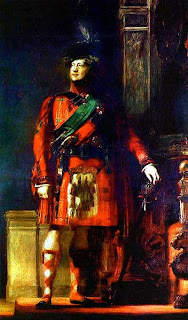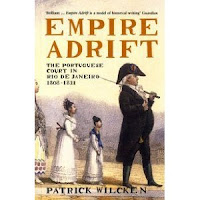 When I was about 8, I happened to catch the movie A Night To Remember on TV, and I was totally hooked on the story of the Titanic! I ran out to the library and started reading everything I could about the tragedy. And April 14-15, 2012 marks the 100th anniversary of the sinking. Here are just a few interesting little facts I found about the ship:
When I was about 8, I happened to catch the movie A Night To Remember on TV, and I was totally hooked on the story of the Titanic! I ran out to the library and started reading everything I could about the tragedy. And April 14-15, 2012 marks the 100th anniversary of the sinking. Here are just a few interesting little facts I found about the ship:
–The ship struck the iceberg at about 11:40 pm on April 14, and took about 2 hours and 40 minutes to sink (15 minutes to get to its resting place on the bottom of the ocean). There were no binoculars in the crow’s nest lookout, so time from sighting to impact was about 30 seconds
–Most passengers had to share bathrooms (the only rooms with private bathrooms were the two uber-expensive promenade suites in 1st class), but in 3rd class there were only 2 bathtubs for 700 people
–There were 9 dogs aboard–two survived (a Pom and a Peke)
–Though there were 4 funnels, only 3 were functional; the fourth was only for aesthetics
–The ship was approximately the same height and length as Tower Bridge
–There were 20 lifeboats, 14 with a capacity of 65, 2 with a capacity of 40, and 4 collapsibles that could hold 47. If the boats had all been launched to capacity (which almost none were), they would have held 1178 of the 2201 aboard. As it was 711 were rescued. (Luckily the ship had not sold out to its full capacity of 3547). This seems shockingly inadequate to us today, but it actually exceeded Board of Trade requirements. The thinking was a) they needed the deck space for passengers to stroll around, b) even the ship sank, it wouldn’t be very fast thanks to the watertight compartments and the boats would only be for ferrying passengers to rescuing ships.
–The first film version of the disaster was made about a month later, starring actress and survivor Dorothy Gibson. For her star turn in Saved From The Titanic, she wore the actual gown she was rescued in, but the prints were destroyed in a fire a few years later.
–It’s long been thought the last song the orchestra played was “Nearer My God To Thee,” but survivor Harold Bride stated that it was “Autumn”
–There were lots of famous names and robber baron types aboard, but two canceled their trips at the last minute–JP Morgan and Milton Hershey
–If you want to own some Titanic stuff for yourself (and have room for stuff like a deck chair, a part of the bulkhead, and a cherub from the staircase), there is an auction of Titanic items tomorrow in Richmond, Virginia
–I love these menus from last night on the ship (a local college is having a Titanic dinner this weekend–maybe someplace near you is as well)




